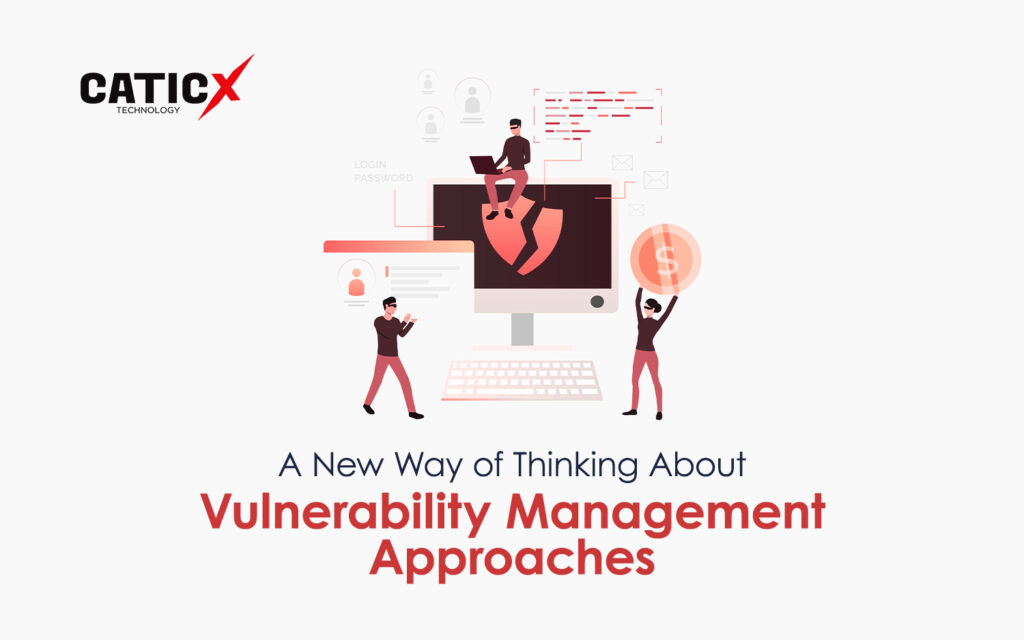Small businesses are thriving in an era when digitalization permeates every aspect of business by utilizing technology to maximize efficiency and connect with customers.. However, this digital metamorphosis also exposes these businesses to an increased risk of cyber attacks, potentially resulting in severe consequences. To safeguard your business and shield sensitive information, it is imperative to consider the following eight essential tips for strengthening your small business against cyber threats.
1.Educate and Train Your Employees
Internal vulnerabilities often pose a substantial threat to cybersecurity. Employees without sufficient training in cybersecurity practices may unintentionally become the weak link in your defense. Conduct regular cybersecurity training sessions to enlighten your staff about phishing threats, emphasize the importance of robust passwords, and instill safe internet practices. Foster awareness regarding potential risks and empower your employees to remain vigilant against cyber threats.
2.Implement Strong Access Controls
Effectively limiting access to sensitive information is crucial for preventing unauthorized access and potential data breaches. Ensure that employees have access only to data and systems pertinent to their specific roles. Add multi-factor authentication (MFA) to your robust access controls for an additional layer of security. Regularly review and update user permissions to align with changes in employee roles or departures from the company.
3.Secure Your Network
A secure network acts as the foundation of your business’s digital operations. Employ a firewall to monitor and regulate incoming and outgoing network traffic. Encrypt your Wi-Fi network to thwart unauthorized access, and consistently update the router’s firmware. Consider establishing a virtual private network (VPN) for secure communication, particularly if your employees work remotely. Regularly monitor network activity for any irregular patterns that may signal a potential security breach.
4.Regularly Update Software and Systems
Outdated software and systems create vulnerabilities that cybercriminals can exploit. Guarantee that all software, including operating systems, antivirus programs, and applications, receives regular updates containing the latest security patches. Enable automatic updates whenever feasible to ensure that your systems are shielded against known vulnerabilities. Consistent maintenance and updates play a critical role in constructing a resilient defense against evolving cyber threats.
5.Backup Your Data
Data loss can arise from various sources, including cyber attacks, hardware failures, or inadvertent deletions. Regularly back up critical data to a secure, offsite location. Implement automated cloud-based backup solutions to ensure that your data is continually and securely backed up. In the event of a ransomware attack or data loss, having recent backups can be a lifeline, facilitating a swift restoration of your business operations.
6.Use Strong Password Policies
Weak passwords are a common entry point for cybercriminals. Enforce stringent password policies throughout your organization, mandating complex passwords that encompass a combination of letters, numbers, and special characters. Encourage employees to utilize unique passwords for different accounts and discourage the use of easily guessable information, such as birthdays or common words. Consider incorporating a password management system to assist employees in securely managing and generating complex passwords.
7.Monitor and Analyze User Activity
Adopting user activity monitoring tools can aid in the detection of unusual behavior indicative of a security threat. Monitor log files, user activities, and network traffic to pinpoint any suspicious patterns or instances of unauthorized access. Establish alerts for unusual activities and conduct regular reviews of these logs. Proactive monitoring empowers you to identify and address potential security incidents before they escalate.
8.Establish an Incident Response Plan
Despite taking preventive measures, no system is entirely foolproof. A well-defined incident response plan is crucial for minimizing the impact of a cyber attack. Clearly outline the steps to be taken in the event of a security incident, including communication protocols, assigned responsibilities, and the process for restoring operations. Regularly test and update your incident response plan to ensure its effectiveness in the face of evolving cyber threats.
Securing your small business against cyber threats necessitates a comprehensive strategy that seamlessly integrates education, technology, and proactive measures, with the invaluable assistance of Caticx Technology, recognized as one of the best cyber security service providers in Dubai. By investing in cybersecurity awareness, implementing robust access controls, securing your network, maintaining up-to-date software, backing up data, enforcing strong password policies, monitoring user activity, and establishing a robust incident response plan, you can significantly reduce the risk of succumbing to cyber threats. It is vital to recognize that cybersecurity is an ongoing process, and sustained vigilance is paramount to protecting your business in the ever-changing digital landscape.


